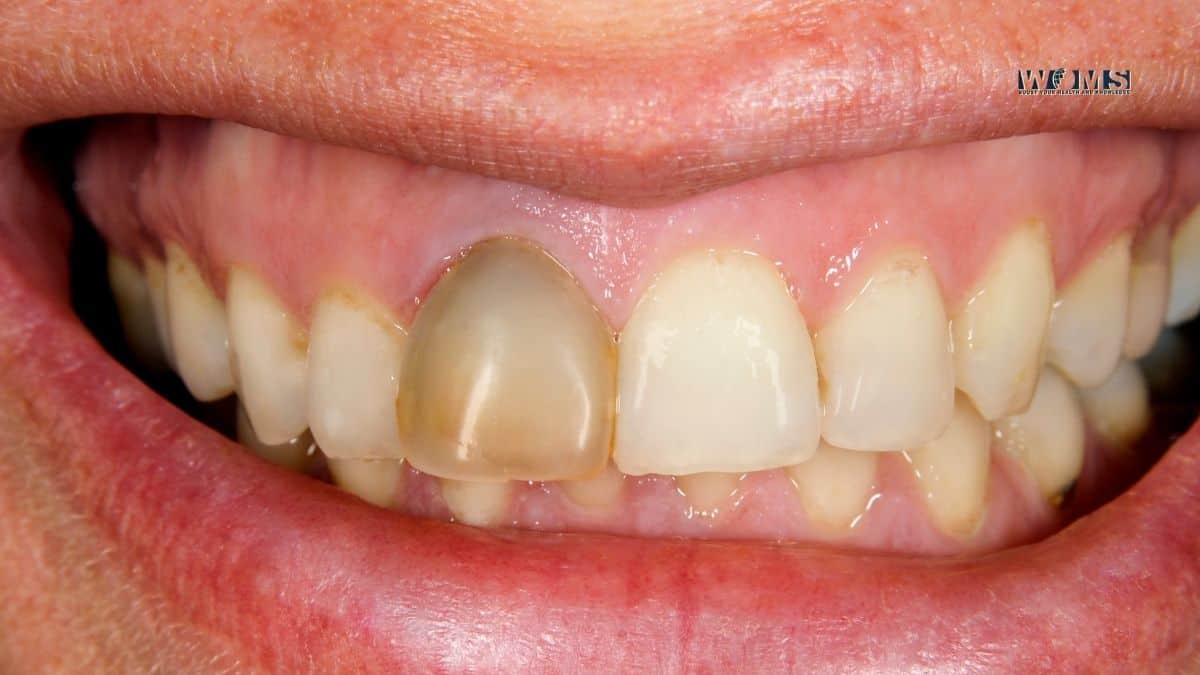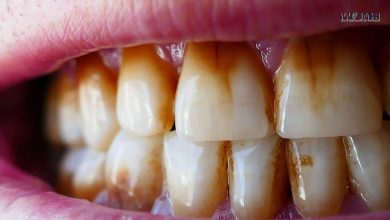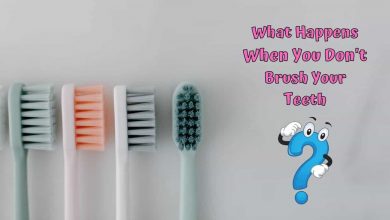Dead Tooth: How to Prevent it?

Healthy teeth are the living part of the body. In addition, teeth contain hard and soft tissue. Hard tissue contains enamel, dentin, and cementum. Moreover, soft tissue includes pulp tissue inside the root canal. The pulp contains nerves to supply nutrition and blood to the tooth. If there is damage to the pulp, the nerve dies, leading towards a dead tooth.
Dead teeth can cause infection in the periapical area. In addition, a dead tooth is a non-vital tooth having no blood supply. Dead nerves inside the pulp may go through necrosis. Once this happens, the tooth loses by itself. But, if this does not happen, it can cause infection of the teeth and jaw
What are the signs and symptoms of dead teeth?
It is not easy to identify dead teeth just by looking at them. For this, you need to visit your dentist regularly. Your dentist will examine your teeth and investigate the cause and diagnosis. These are some of the signs and symptoms that indicate the presence of a dead tooth.
Color change:
Dead tooth appears black or grey. There will be no blood supply to the teeth, so the tooth’s inner part undergoes necrosis. Necrosed teeth appear darker in color. The color change is mostly because of dead red blood cells. Discoloration increases over time if not treated properly.
Pain:
Most people present with a history of pain. Pain may vary from mild to severe. In contrast, some people don’t feel any pain. The pain usually occurs because of dying nerves. Moreover, pain is also an indication of infection. Infection presents with different other causes.
- Swelling around the gum line of the dead tooth
- Bad breath
- Bad taste
If you experience any above symptoms with pain, there may be an active infection of the tooth. You must visit your dentist for this condition as soon as possible.
What are the causes of dead teeth?
A dead tooth is the ultimate severe outcome of any disorder. There are two common causes for dead teeth. Let us have a detailed look at its causes.
Trauma:
A tooth may die because of severe trauma or injury to teeth. A sudden blow on teeth with any hard object can be a cause of dead teeth. A tooth may die quickly or slowly after necrosis. As the tooth dies, the appearance of the tooth turns darker.
Damage to teeth transfers to the inner pulpal tissue. It contains blood vessels for the blood supply. Blood vessels rupture and blood supply to structures is cut off. The pulp loses the ability to repair itself. As a result, the inside structures of the pulp will die.
Tooth decay:
Poor oral hygiene can lead to dental cavities. The dental cavity is the destruction of tooth structures by microorganisms. If left untreated, these cavities can extend into the deeper layers of the tooth. Cavities start from the enamel surface and eventually reach the pulp. In this way, the infection spreads into the pulp.
Once the pulp gets infected, it will induce an inflammatory process. The pressure increases inside the pulpal chambers. As a result, it compresses the blood vessels and cuts off the blood supply. Reduced blood supply will damage nerve fibers and pulp. This condition continues leading towards dead teeth. Moreover, this infectious process causes intense pain.
How to prevent dead tooth like conditions?
Dead teeth are mostly because of dental trauma or tooth decay. Dental trauma is not preventable. But, you can prevent tooth decay by following proper dental care. There are some precautions to improve your oral hygiene.
- Brushing twice daily with fluoride toothpaste to prevent any caries and cavities on teeth
- Flossing interdentally to prevent any hidden source of infection
- Avoid high-sugar and sticky foods
- Maintain healthy diet
- Visit your dentist regularly
There are also some precautions to prevent dental trauma.
- Avoid chewing hard objects to prevent tooth fracture and injury.
- People, who grind their teeth at night, must use a night guard during sleep to prevent any injury.
- Wear mouth guards during sports to prevent any dental trauma.
What is the treatment for dead teeth?
Dead teeth require early treatment to prevent any infection. If left untreated, bacteria may spread from the dead tooth to other teeth. Moreover, it can also cause infection of your gums and jawbone. If you suspect any discoloration of your teeth even without pain, visit your dentist immediately.
There are different treatment plans for dead teeth according to the situation. Let us have a look at the management of dead teeth.
Root canal treatment:
Root canal treatment can help you to restore your tooth. Root canal treatment removes infectious material from inside the tooth. Your dentist will make an opening in the tooth followed by the removal of debris. After this, your dentist will close the opening with a permanent filling material. In many cases, you need a crown for your tooth to improve the prognosis.
If there is no crown indication, your dentist will suggest you some bleaching procedures to remove the discoloration of teeth. Alternatively, your dentist can also suggest having porcelain veneers to improve aesthetics.
Removal of tooth:
Dentists suggest extraction of the teeth if it is unable to repair the tooth. Early treatment of the tooth can prevent this treatment option. If your tooth is severely damaged and there is no option to restore it, it is better to remove it. Otherwise, it may cause infection of the underlying structures.
Tooth extraction is an easy procedure with local anesthesia. You can replace this tooth with a fixed bridge, implant, or any other prosthesis. There is no need to worry about the removal of this diseased tooth.
Pain treatment:
The only treatment for the pain is to visit your dentist. Your dentist will treat your pain by removing the main cause. At home, you can just avoid hard objects for eating. Moreover, anti-inflammatory medication can relieve your pain for a while. But, it is important to visit your dentist.
Conclusion:
Dead teeth are because of underlying deceased tooth processes. These teeth may have a darker appearance. In addition, these teeth can also be a cause of infection. Moreover, you can also feel severe pain due to a dead tooth.
If you suspect any abnormal discoloration and pain in your teeth, visit your dentist immediately. Your dentist will diagnose the cause and suggest treatment according to the condition.
Frequently asked questions(FAQs)
How to diagnose a dead tooth?
Your dentist will properly examine the condition of your teeth. After this, he may suggest you some dental X-rays to confirm the diagnosis. In addition, X-rays can also diagnose any underlying infection. Moreover, after any dental injury, must visit your dentist immediately.
Is there always a chance of infection in the dead tooth?
In a dead tooth, there is no blood supply to nourish the tooth structures. If left untreated, there is an increased chance of infection. The tooth may be lost on its own if not treated.
How to identify dead teeth from normal teeth?
Healthy teeth are usually of whiter shade. But, the dead tooth appears usually grey or darker. Therefore, for a person, it is easy to identify dead teeth from normal teeth. In addition, there may be some infection or inflammation around the gum line. Moreover, you can also feel pain in the tooth.




